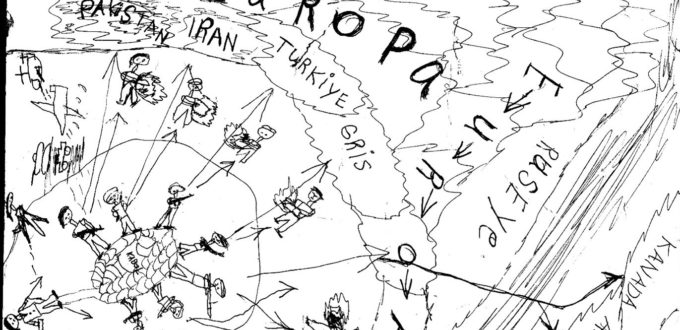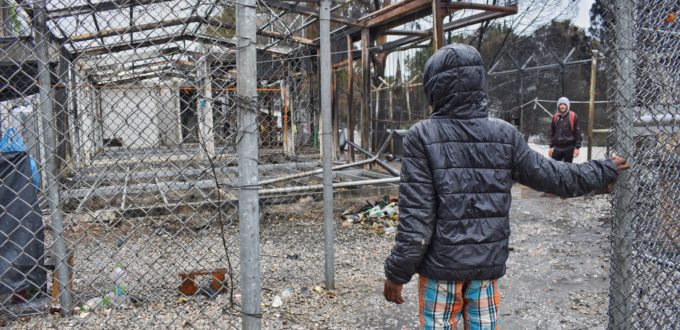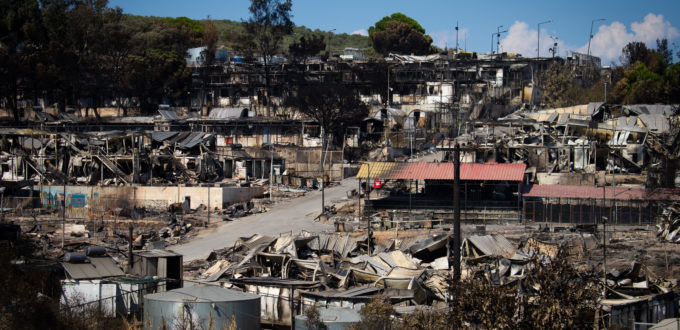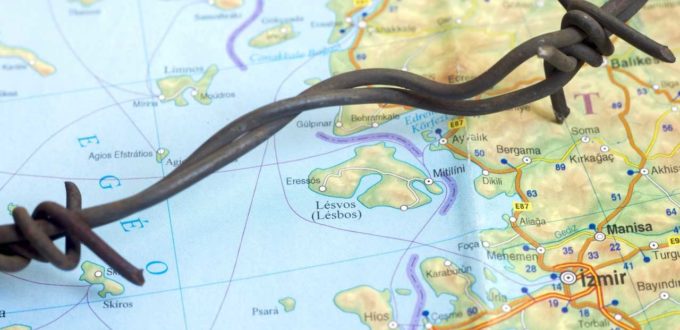Although one might think that death would be the last act of a lethal political game which is played at refugees’ expense and that death itself would serve as a figurative border beyond which violence would not carry on and inflict suffering. My research indicates that violence also continues in death and even beyond the moment of death. Violence continues to be inflicted upon the lifeless bodies which are washed ashore, the unidentified and missing persons, the shipwreck survivors, the families, and even whole communities.
Graveyards of Human Rights: thoughts on the refugee camps on Lesvos in light of the UNHCR’s 70th ann
Cases of sexual violence inside refugee camps are often presented as if they were tragic accidents, or natural and isolated events. However, sexual violence is endemic to refugee camps and it has escalated over time. Despite these facts, evidence and warnings, refugee populations are systematically abandoned into structurally harmful environments which not only allow, but also create the conditions for such atrocious acts of violence to take place.
EU puts ‘Dublin to bed’ and launches New Pact on Migration and Asylum.
The overcrowded Moria camp has become an image of a failed collective effort to create cross-European solidarity for refugees and asylum seekers. On 23 September 2020 the European Commission launched their New Pact on Migration and Asylum aimed at replacing the heavily criticized Dublin Regulation. But what exactly is the ‘Dublin problem’ – and which solutions do the new pact hold? Four migration researchers offer their views below.
Disaster Foretold: Refugees in Moria at risk after fires. What now, EU?
As much as the Greek state tries to present the fire and misery that unfolded as an unpredictable event and a state of emergency, this disaster was preventable, foreseeable and, therefore, foretold and avoidable. It is the outcome of a series of inadequate and patchy political decisions as well as the largely exclusionary, discriminatory and deterrent policies that have been implemented within and beyond the EU’s borders.
How is the Corona pandemic affecting the lives of refugees, asylum seekers, and migrants in Greece a...
In this blog post Dr. Theofanis Exadaktylos from University of Surrey, UK and Professor Francesca Longo from University of Catania, Italy address the situation for refugees, migrants and asylum seekers in Greece and Italy.





